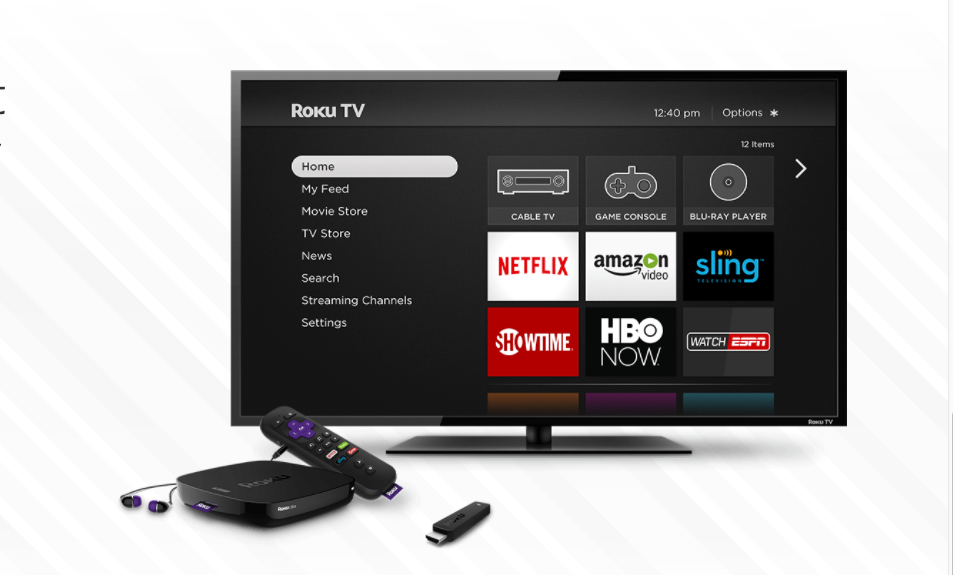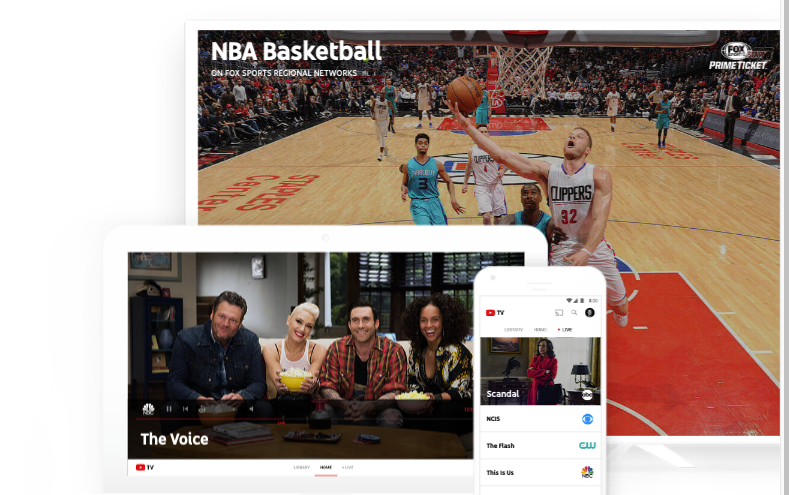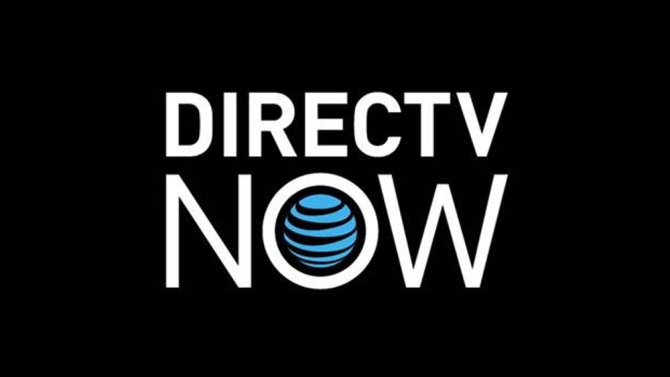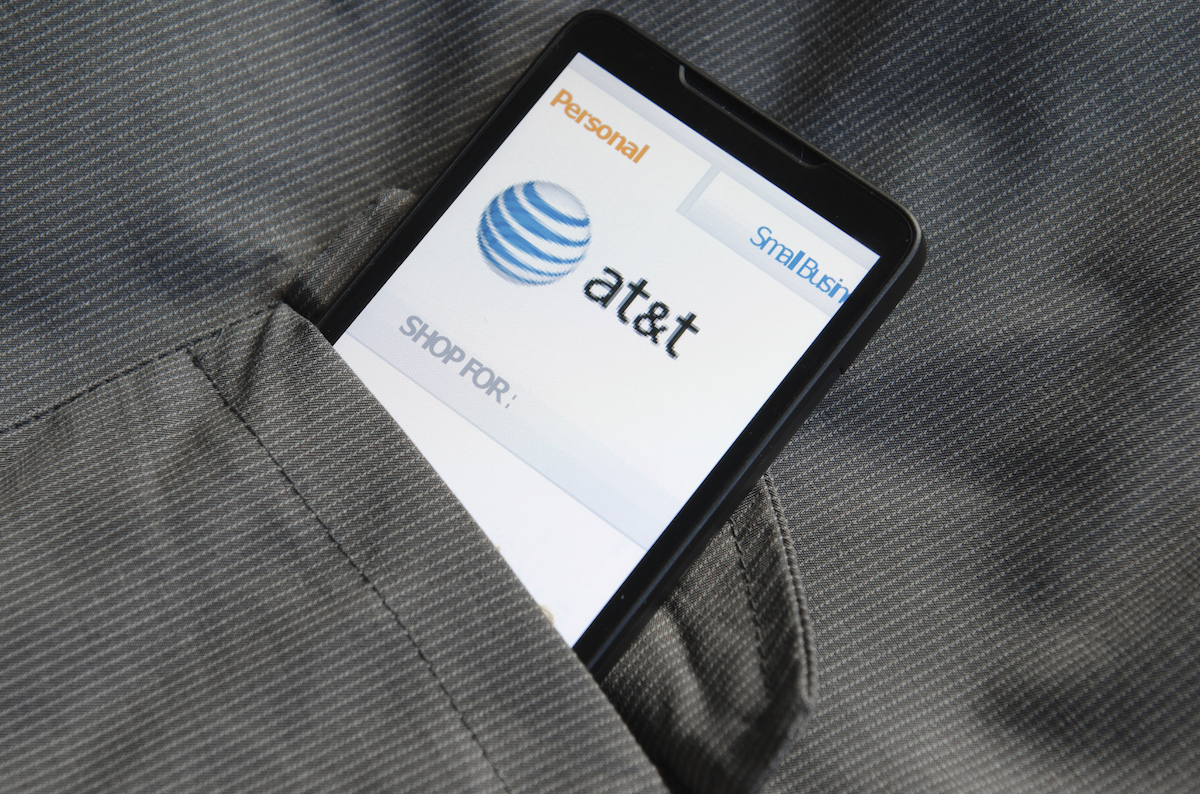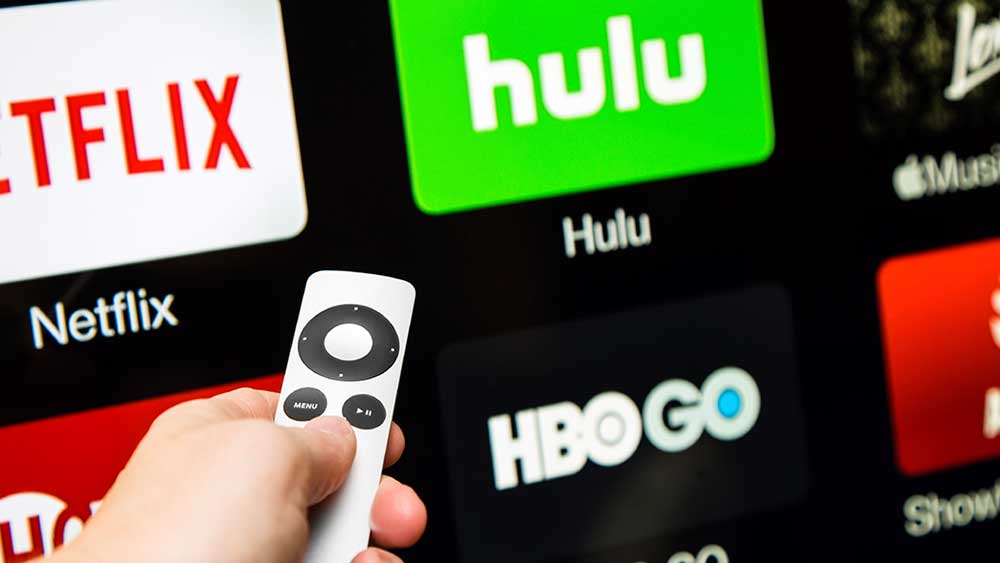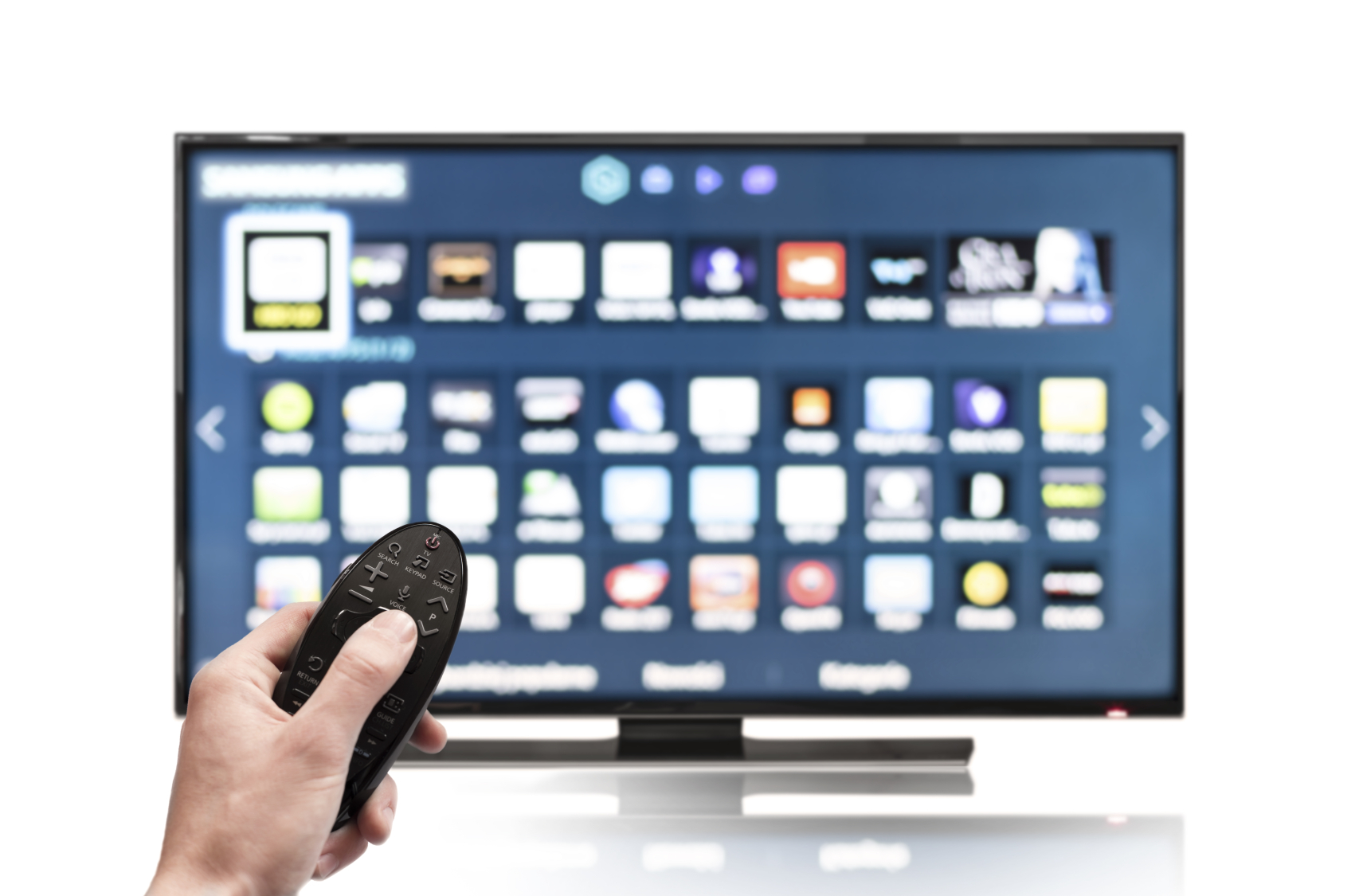What Happened
On Monday, Roku announced it will start offering advertisers audience guarantees for that are based on Nielsen Digital Ad Ratings in an attempt to close the gap between OTT and traditional TV ad measurement.
This makes Roku the first major OTT streaming platform to offer such guarantees for certain audience demographics, such as “adults 18 to 49”, allowing advertisers to buy and plan ad campaigns using the same kind of currency they have grown used to in traditional TV advertising. Previously, Roku ads are sold based on impressions. The streaming set-box maker signed a partnership deal with Nielsen to measure demographics on the Roku platform about two years ago.
What Brands Need To Do
With viewers increasingly choosing on-demand viewing over linear TV, advertisers have been curious about the viewing data that SVOD services are collecting. But since many of those services such as Netflix and Amazon Prime Video are not ad-supported, it is difficult for brands to reach the streaming audience. In addition, Roku says about 40% of its users are cord-cutters, meaning that are not reachable via traditional TV ads either.
Therefore, Roku’s ad offering is valuable for brands as it provides a way to reach those streaming viewers. And now with the new Nielsen ratings-based metrics, advertisers may have an easier time planning and evaluating their ad campaigns on Roku. As advertising on linear TV and digital channels continue to converge, brand marketers will need to reconsider their media mix and perhaps consider leveraging Roku’s ad products to reach cord-cutters and cord-nevers.
Source: Multichannel News
Header image courtesy of Roku
